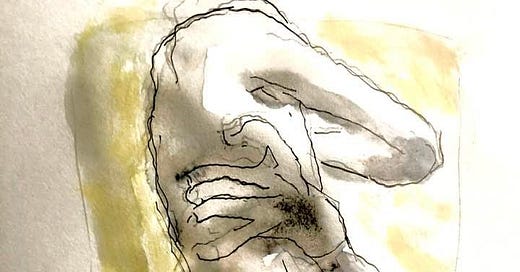When talking about teacher pensions there is the fact that a woman teacher will receive a smaller pension than her male colleague.
In Illinois, pensions are calculated on the highest four years of earnings.
Yet although women make up the overwhelming majority of Illinois teachers, because they earn less, their pension will be less.
One 2018 study looked at more than 130,000 full-time school employees in Illinois, including teachers and administrators. The data showed that women educators statewide earn on average $7,775 per year less than men.
I was thinking back to 1984. It was my first year of teaching in District 64.
Five elementary schools. A middle school. A central office.
Every school principal, except one, was a man.
So was the superintendent, the assistant superintendent and the head of HR who hired me.
Things at the administrative level have changed over the past 40 years. My old district has had women holding all those top administrative positions.
Even so, in Illinois at the administrative level there is a gender-based gap in earnings.
The biggest pay disparity in administrator jobs is at the middle school and high school levels. In 2018 female middle school administrator with about a year more of experience than a male doing the same job earns nearly $4,000 less. A female high school administrator earns about $3,000 less on average than a male in the same position.
At the elementary school level 89 percent of teachers and two-thirds of administrators are female. Here, women are trailing men in earnings if you consider that their salaries are not correlated with their years of experience. Women elementary teachers, for instance, make $50 more on average than male elementary teachers, but that’s a mere $50 more for nearly two years more experience. And women elementary administrators with about two more years of experience than male administrators only make on average $137 more.
For Black women teachers and Black teachers of all genders, in addition to the pay gap, there is the problem of the disappearing Black teacher.
Chicago was once a school district that had mostly Black teachers. That is no longer true in Chicago or nationally.
As of 2018, 53% of public-school students were kids of color, even though 79% of their teachers were non-Hispanic white, meaning that most kids in our public schools have a teacher who doesn't look like them.





What's the mechanism that accounts for this? (I know - big picture - racism and sexism) How do two people in the same job with the same experience make different amounts? Time off (uncredited) for child care? Something else?